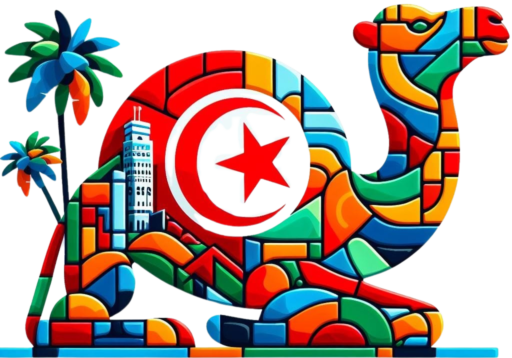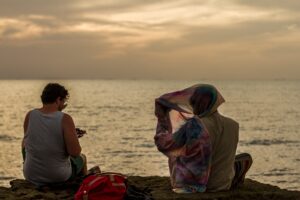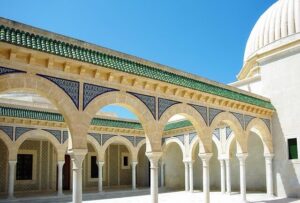Trains to Tozeur: A Complete Travel Guide
Discover how to reach Tozeur by train, useful information about Tunisia Tozeur trains, and tips for exploring this amazing city.Why Visit Tozeur
Tozeur is one of Tunisia’s most fascinating destinations. Located on the edge of the Sahara Desert, this city is famous for its lush oases, the salt lake Chott el-Jerid, and its unique history. Exploring Tozeur means immersing yourself in breathtaking landscapes and discovering local culture. Thanks to its strategic location, Tozeur is easily accessible via Tunisia Tozeur trains, which provide a convenient option for travelers. The city is also a perfect destination for nature lovers, with its palm trees, sand dunes, and historical sites. If you’re planning a trip, trains to Tozeur are an excellent way to explore this Tunisian gem.How to Get to Tozeur by Train
Reaching Tozeur by train is a unique experience. The Tunisian railway network connects several major cities, allowing for affordable and scenic travel. Departing from Tunis, the Tunisia Tozeur trains pass through spectacular landscapes, from hills to oases.Recommended Itinerary
- Departure: Tunis Central Station
- Intermediate Stops: Sousse, Sfax, Gafsa
- Arrival: Tozeur Railway Station
Information About Trains to Tozeur
Trains to Tozeur are operated by SNCFT, the Tunisian railway company. They offer various travel options, from standard to luxury classes, ensuring comfort and convenience for every type of traveler.Main Features
- Modern and well-maintained trains
- Affordable prices for all budgets
- Flexible schedules with multiple daily departures
What to See in Tozeur
Once you arrive in Tozeur, there are many attractions to explore. This oasis city is a perfect mix of nature, history, and culture.Main Attractions
- Tozeur Oasis: A lush area with thousands of date palm trees.
- Chott el-Jerid: A salt lake offering surreal landscapes, especially at sunrise and sunset.
- Tozeur Medina: A labyrinth of alleys with traditional architecture and local markets.
Useful Travel Tips
Before heading to Tozeur, it’s important to plan your trip in detail. Here are some suggestions to make your journey unforgettable:Preparation
- Bring light and protective clothing for the heat.
- Don’t forget sunscreen and sunglasses.
- Ensure you have enough water for the journey.
Practical Tips
- Purchase tickets in advance to avoid inconvenience.
- Check train schedules and plan your itinerary accordingly.
- Bring a map of the city and a travel guide.





